04.07.2013 – 05.07.2013
The journey by car : Cusco - Urubamba - Ollantaytambo - Santa Maria - Santa Teresa - Hidroelectrica (224 km).
The journey on foot along the railway track : Hidroelectrica - Aguas Calientes (3 hours).
There are usually three different ways to visit Machu Picchu.
The first : four - day guided walk along the Inca Trail and that must be booked in advance, as only 500 hikers are allowed on that route per day. And in June the web page showed - the first free chance will be only mid-October, so this trip was canceled. Besides one could choose between routes of various lenghts like - , Salkantay Trek, Choquequirao Trek, etc. (google help ').
Second : by train. It used very likely by most of the visitors
Third : Drive your own car or use public transport (Ollantaytambo - Santa Maria - Santa Teresa - Hidroelectrica), leave the car at Hydroelectric power station and walk 8 miles along the railway up to Aqua Calientis, located at the foot of Machu Picchu.
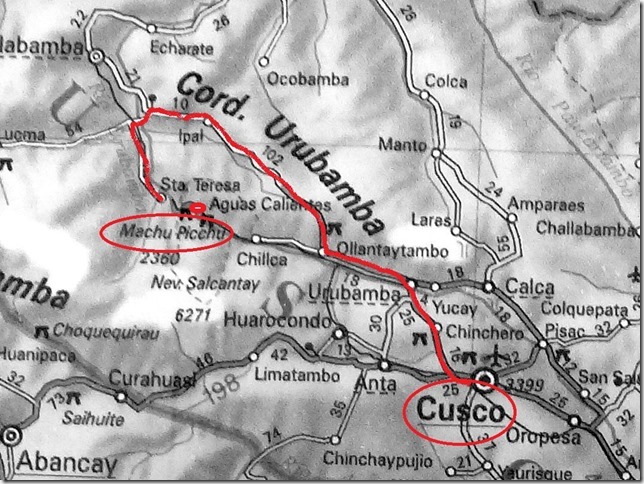
Here is the map - the third option is in red.
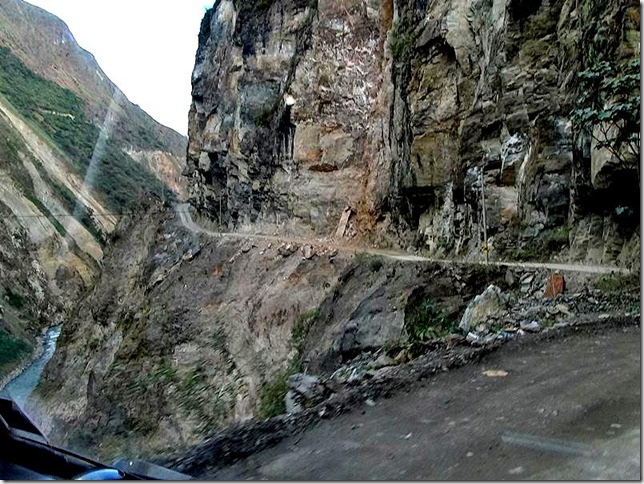

The camping of Quinta in the morning. The chicken has decided to climb into the bus. And over and over again. You just help him out but as soon as you turn away it is back again. It takes almost an hour to drive out of the town of Cusco as I managed to notice no signposts in sight. But in the end the city was left behind.

Before the city of Urubamba there is a deadlock. Initially, it seems that this is a normal road repair , etc., as during 10 minutes not any car is moving I am going to have a closer look.
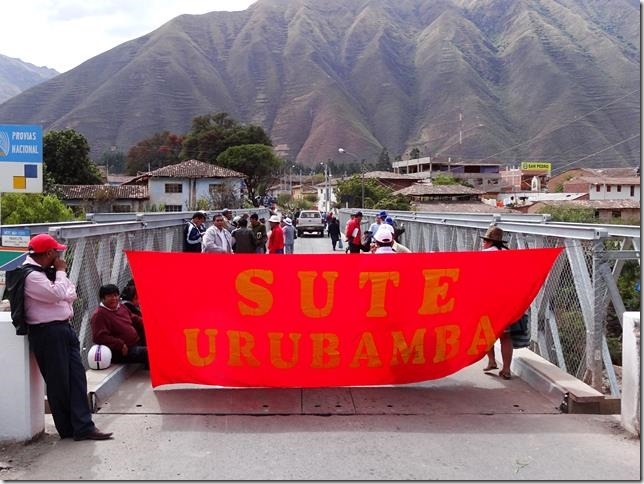
The bridge over the river is blocked, so this is the "roadblock ". The teachers are demanding the raise of their salaries. It takes about an hour for waiting. Logistically they have chosen the right place, because this is the main road that goes from Cusco to Ollantaytambo.
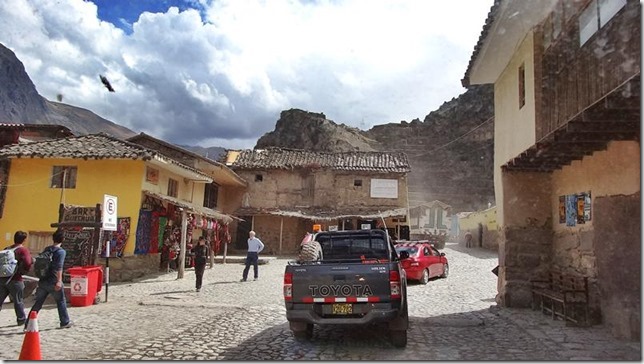
Ollantaytambo. The whole traffic is moving through the city center.
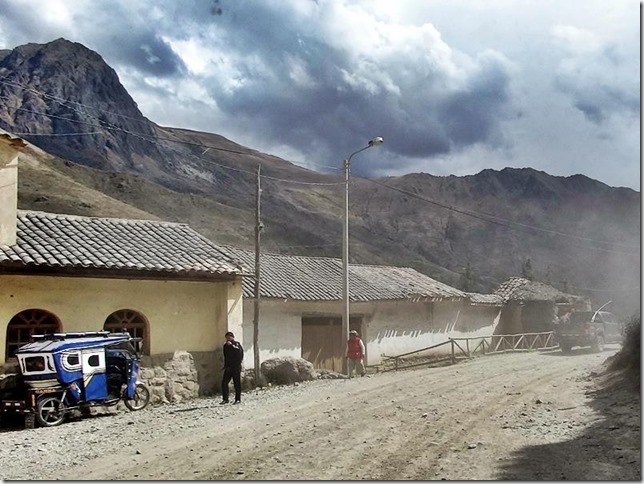
These are also the ruins of Inca buildings, but they will be visited on the way back.
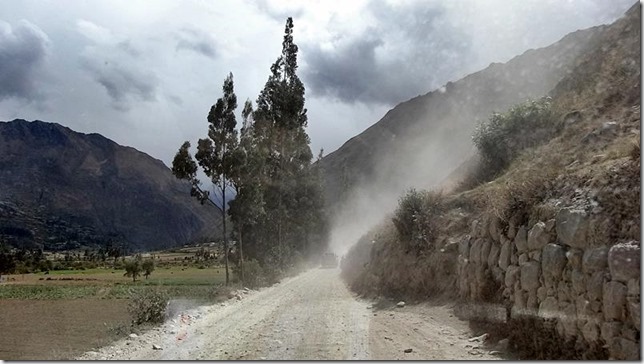
Further from Ollantaytambo a part of gravel road is narrow and dusty.
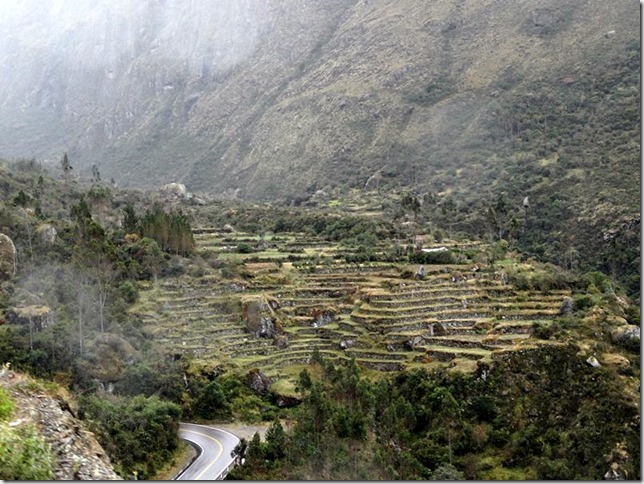
Here the mountains begin and the climate becomes more humid.
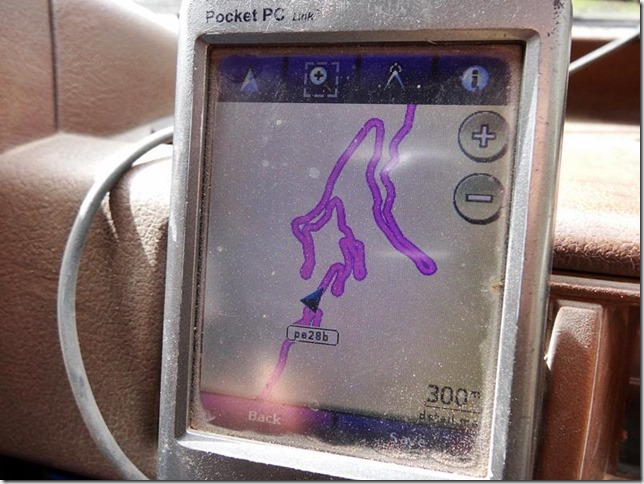

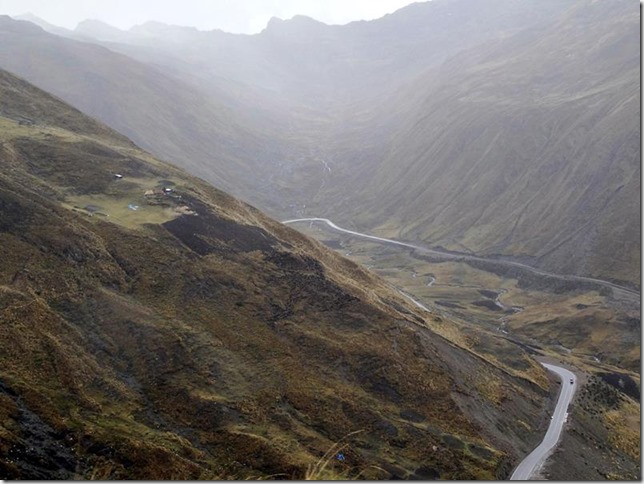
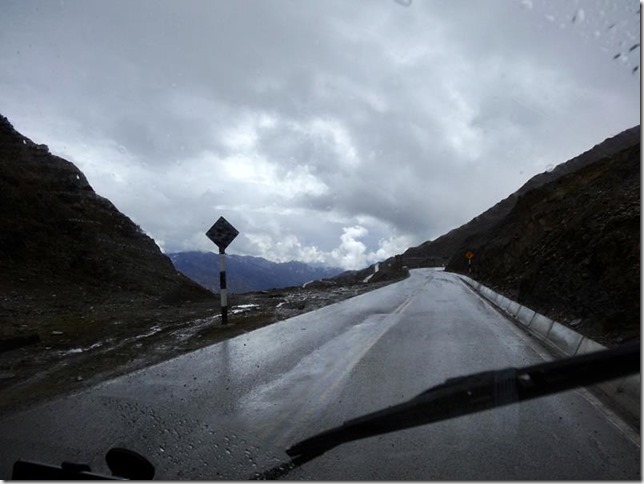
The road goes uphill, until the height of 4400 meters.
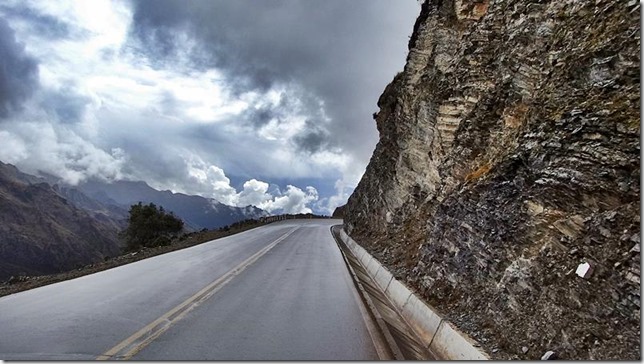
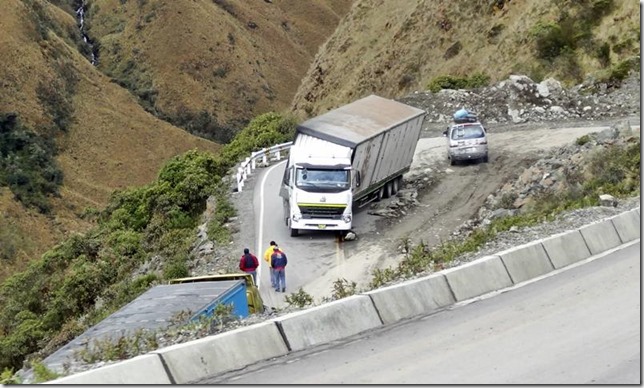
Then a long descent - through the rain and clouds - begins.
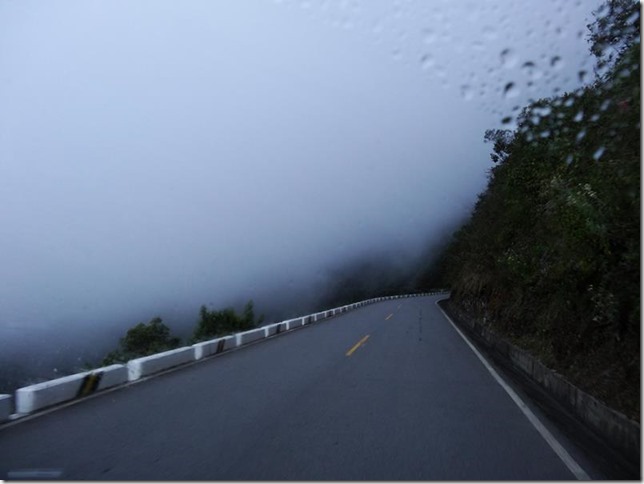
This very recently built road leads to the small town of Santa Maria (and probably also on, but it was not checked) , and then somewhere between the buildings one has to turn left in the direction of Santa Teresa and Hidroelectrica.
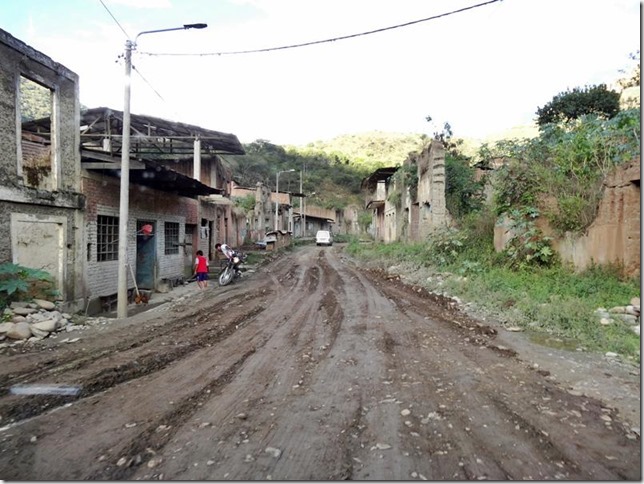
Through between the houses , to the direction of Machu Picchu.
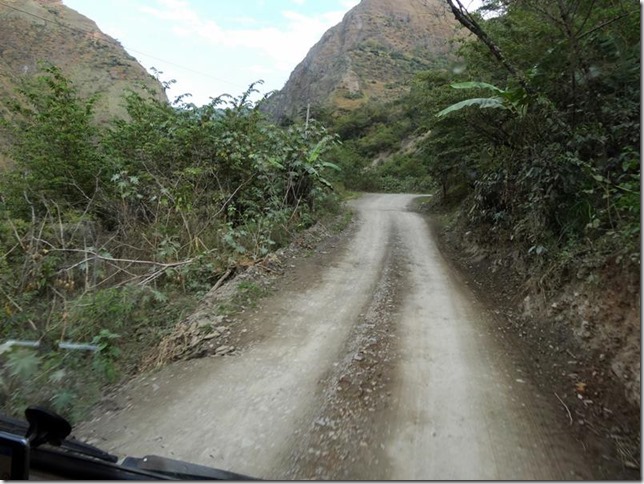
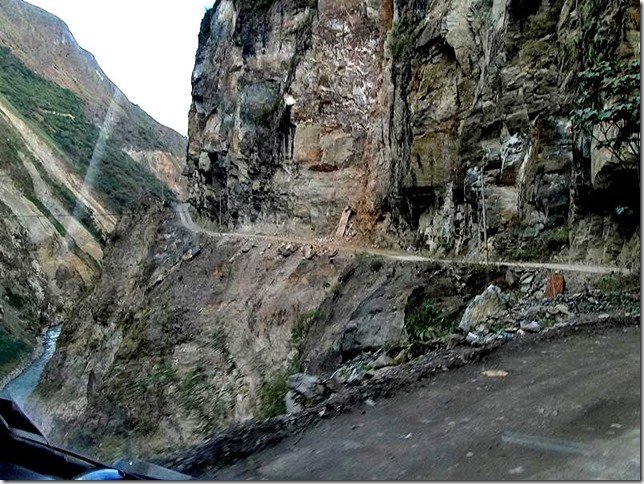
Some parts of the road resembled to the situation of North Yungas Road, the same narrow roads with high cliffs on one side and a river down on the other side. Only – here the traffic is quite considerable.

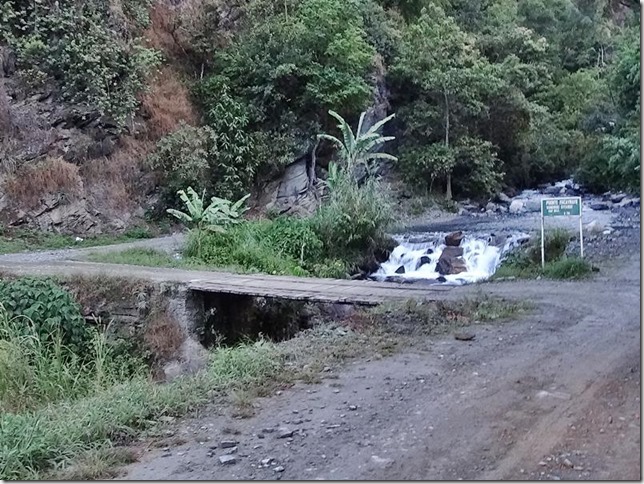
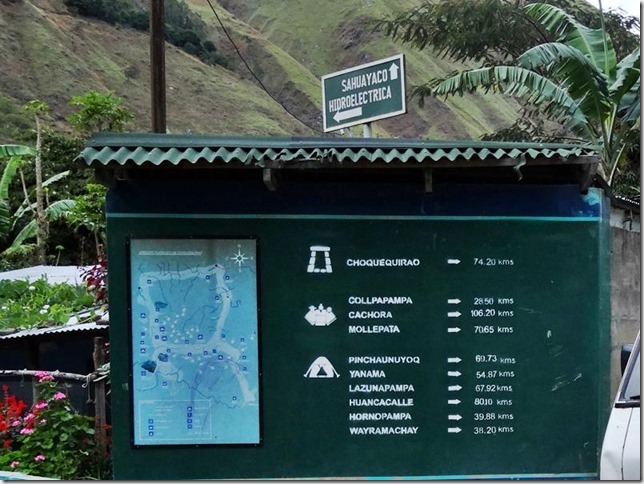
According to the signpost the right road should take even to Mollepata , but it would not be checked over now.
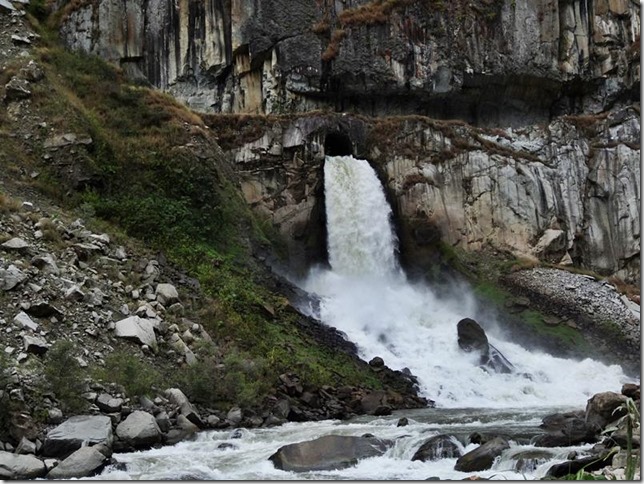
The construction of hydroelectric power is carried on here and some part of the river is already flowing inside the hill in the tunnels.
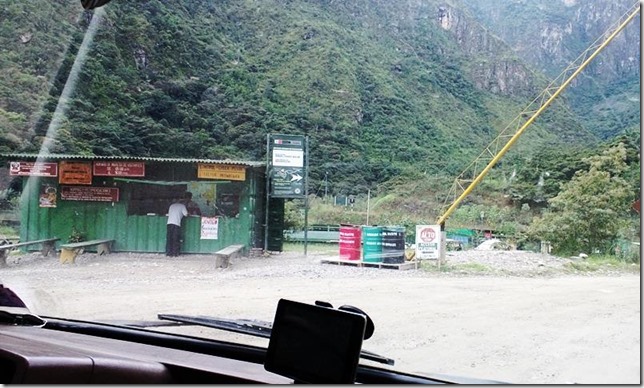
The end of the road. Further on there is a construction site. And from here - to the direction of Machu Picchu one can go only on foot, even bikes are not allowed.
A few hundred meters away there is a guarded parking lot and it is in a very right place. The service costs 15 Soli/day (4 EUR). All the visitors are registered - the name and the number of the passport and their home-country.

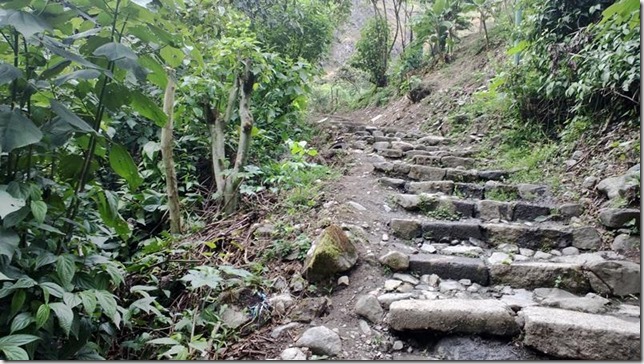
The route starts with stairs, the first one of many others.
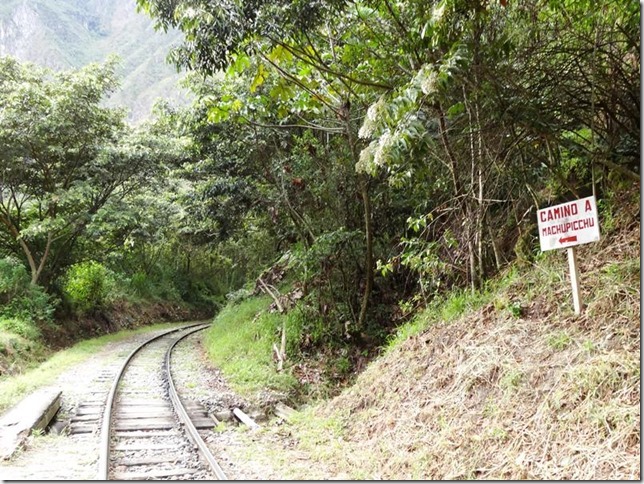
And furtther on one must follow the railroad. The sign indicates the direction.


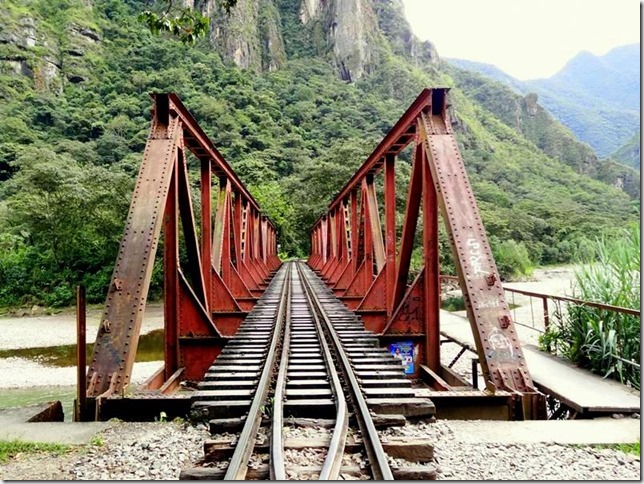
The bridge over the Urubamba River.
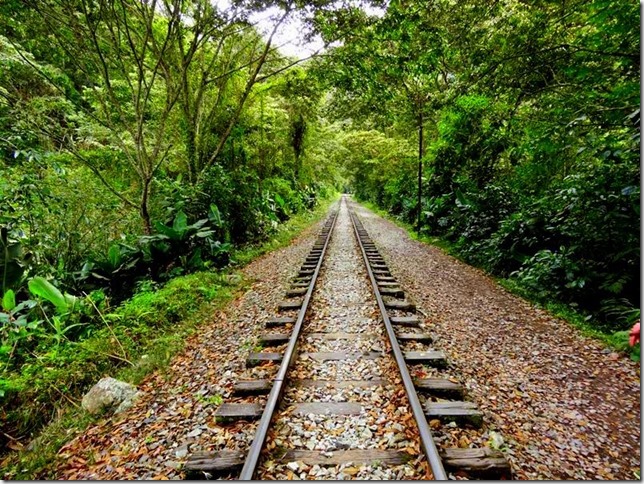
Meanwhile,there are straighter parts of the road.
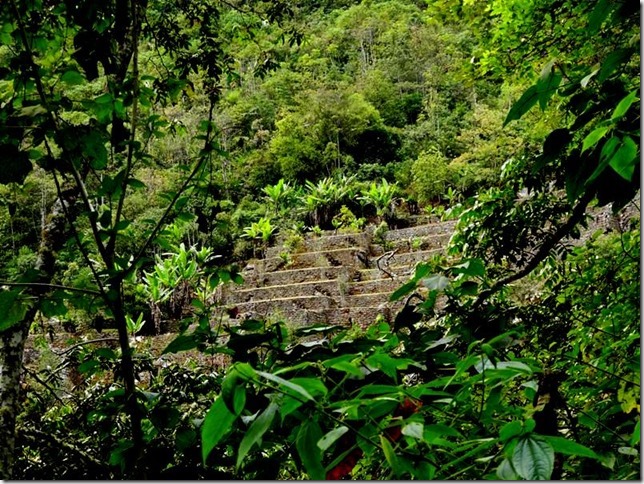
The first terraces on the side of the river appear into sight.
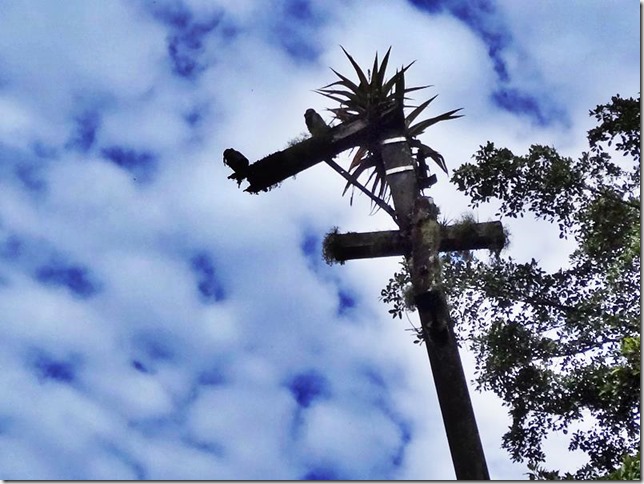
Next to the railroad some plants are already growing at the top of metal poles. Nature is persistant.
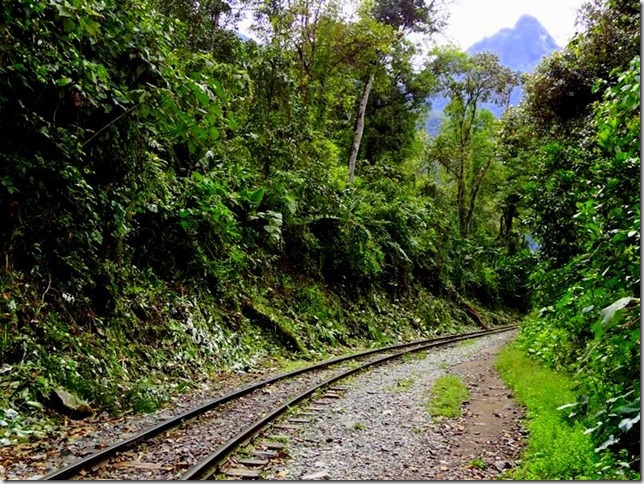
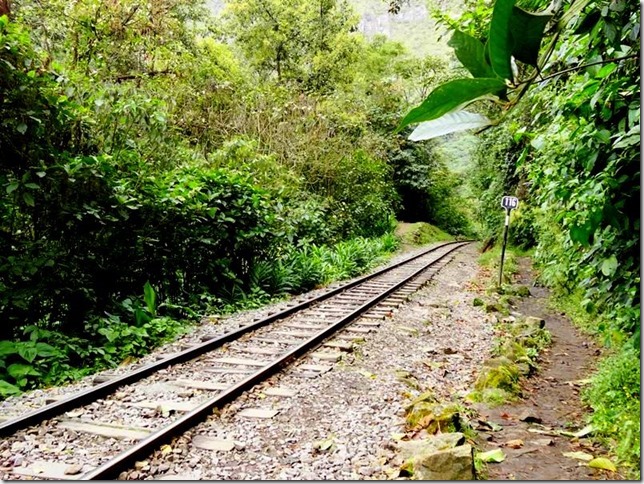
116 km.
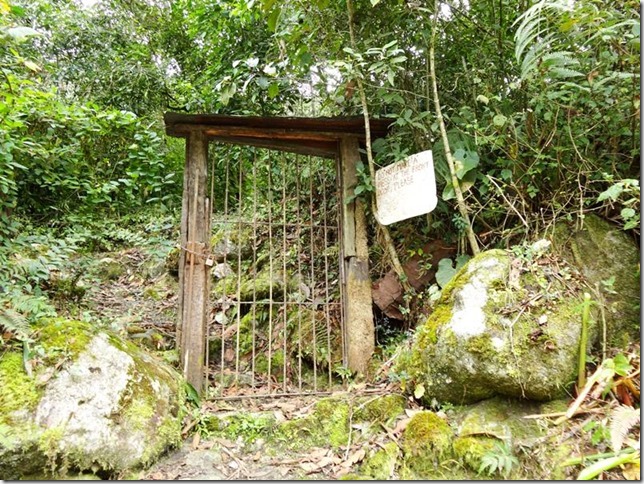
- there are still traces of human activity.
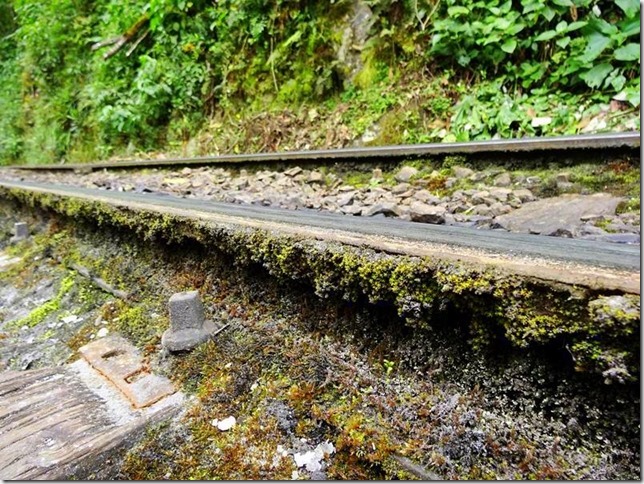

114 km
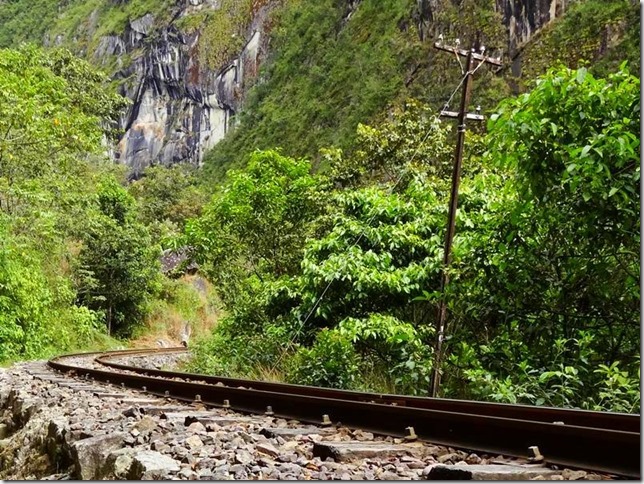
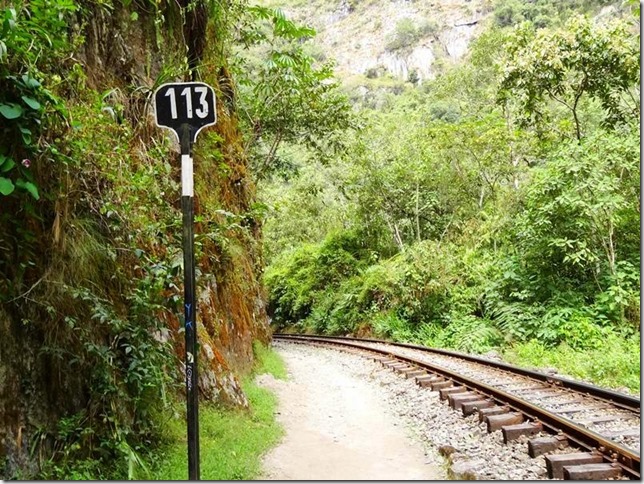
113 km – there is not much walking left.
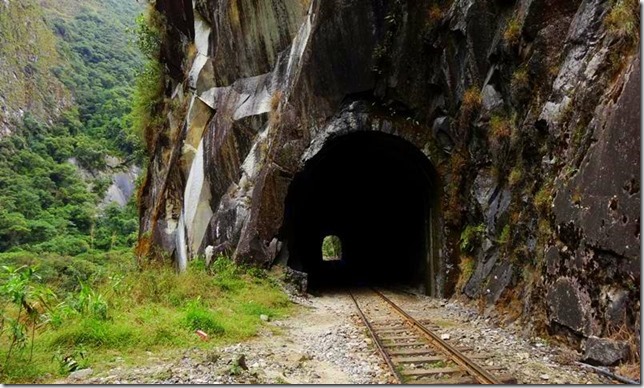
Before the city the railway leads through the tunnel , but the footpath goes alongside.
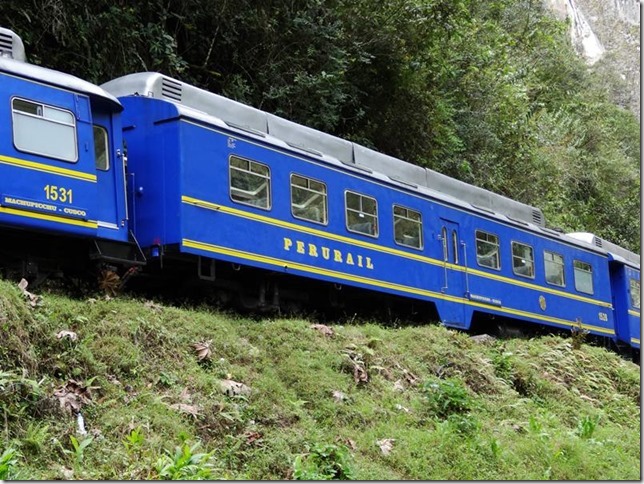
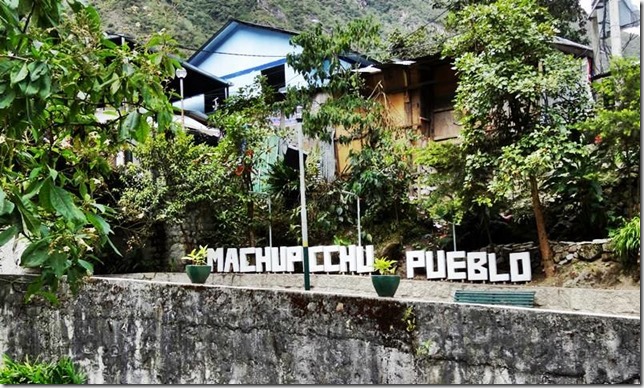
Aguas Calientes or Machu Picchu Pueblo. The town of no incoming roads.
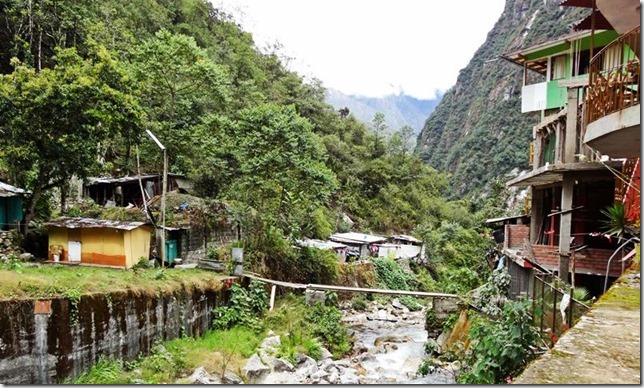
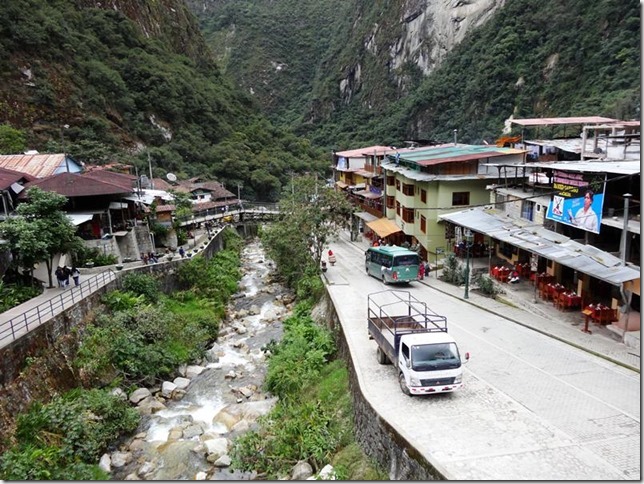
And still there are a few trucks and cars , and a whole bunch of green buses carrying tourists from the station up on the mountain, to the gate of Machu Picchu.
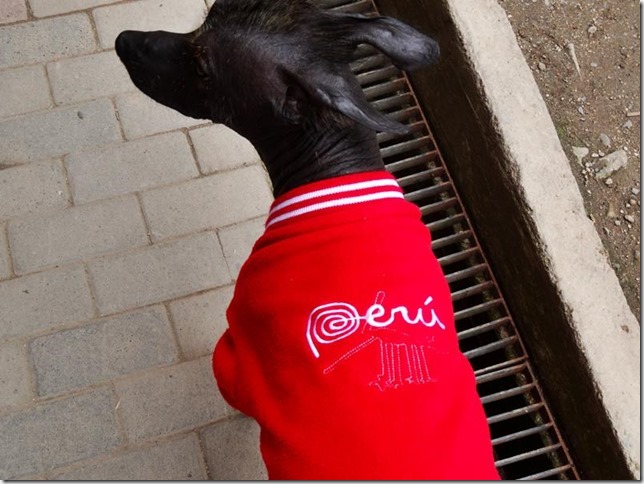
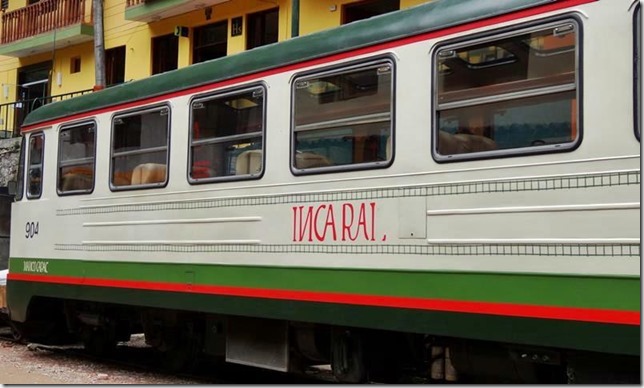

While walking around an amateur camp by the river catches the eye.
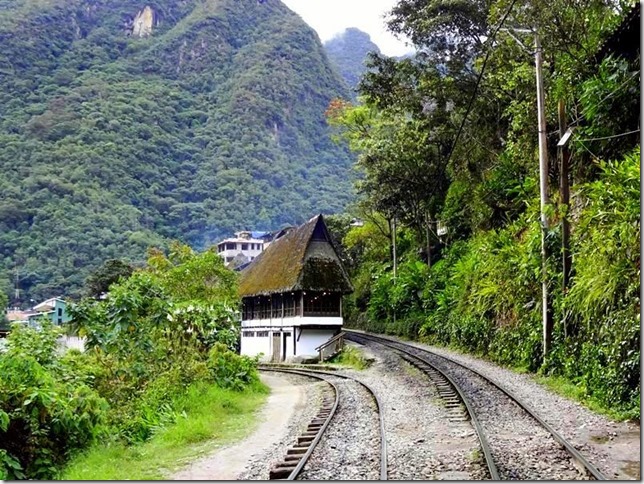
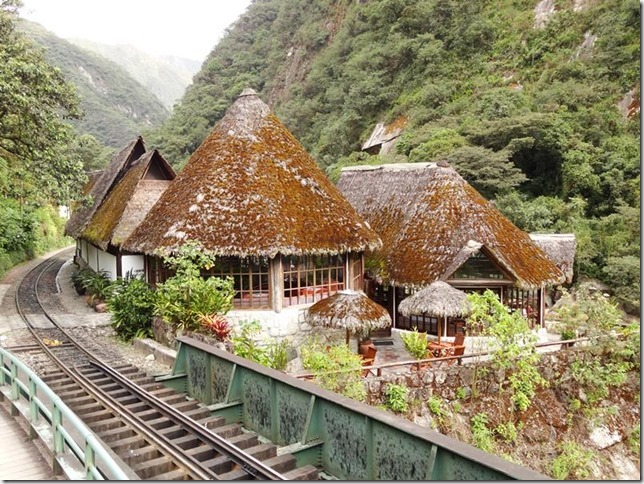
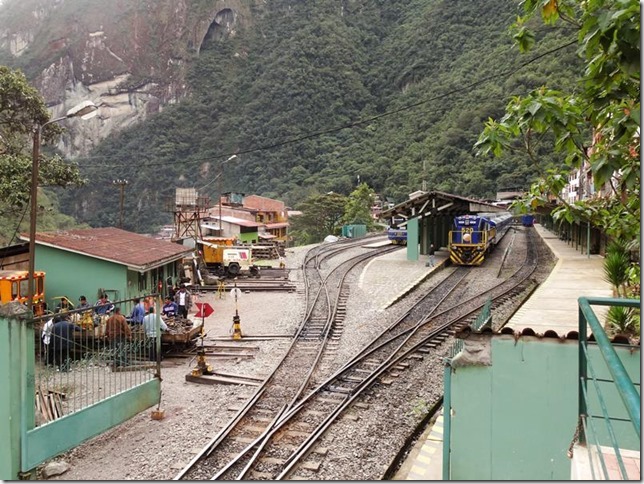
Railway Station.
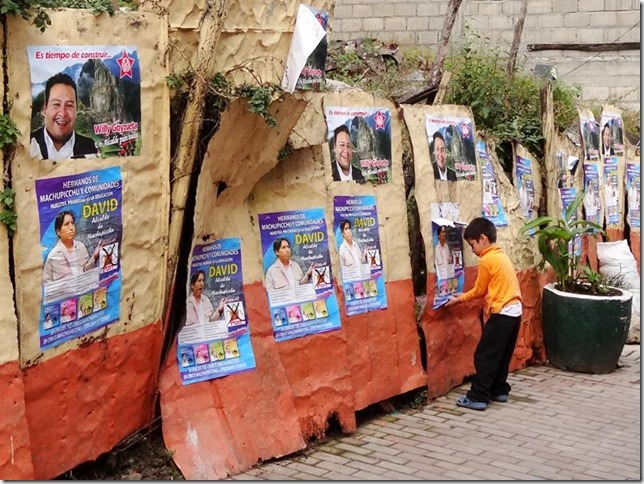
Everyday life , the process of removal of election posters.
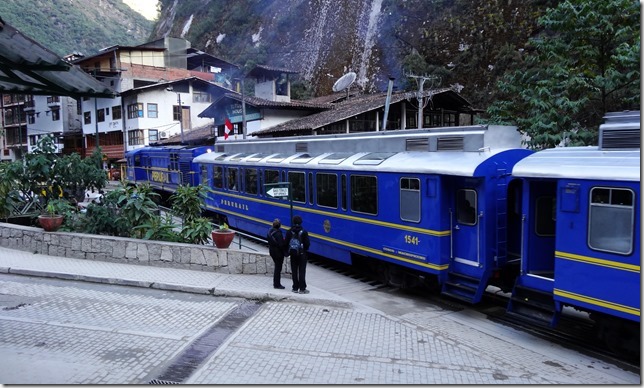
If I had come by train , I would have been straight at the center.

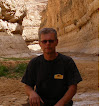

No comments:
Post a Comment